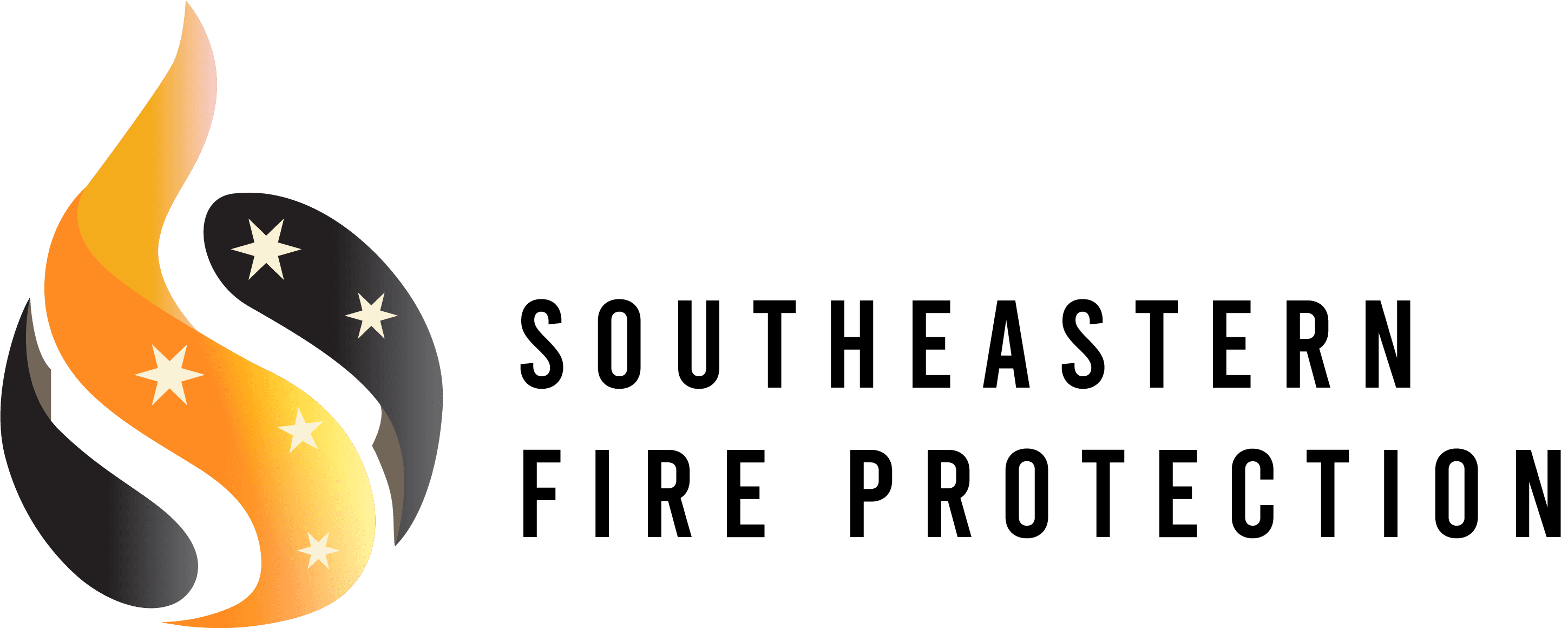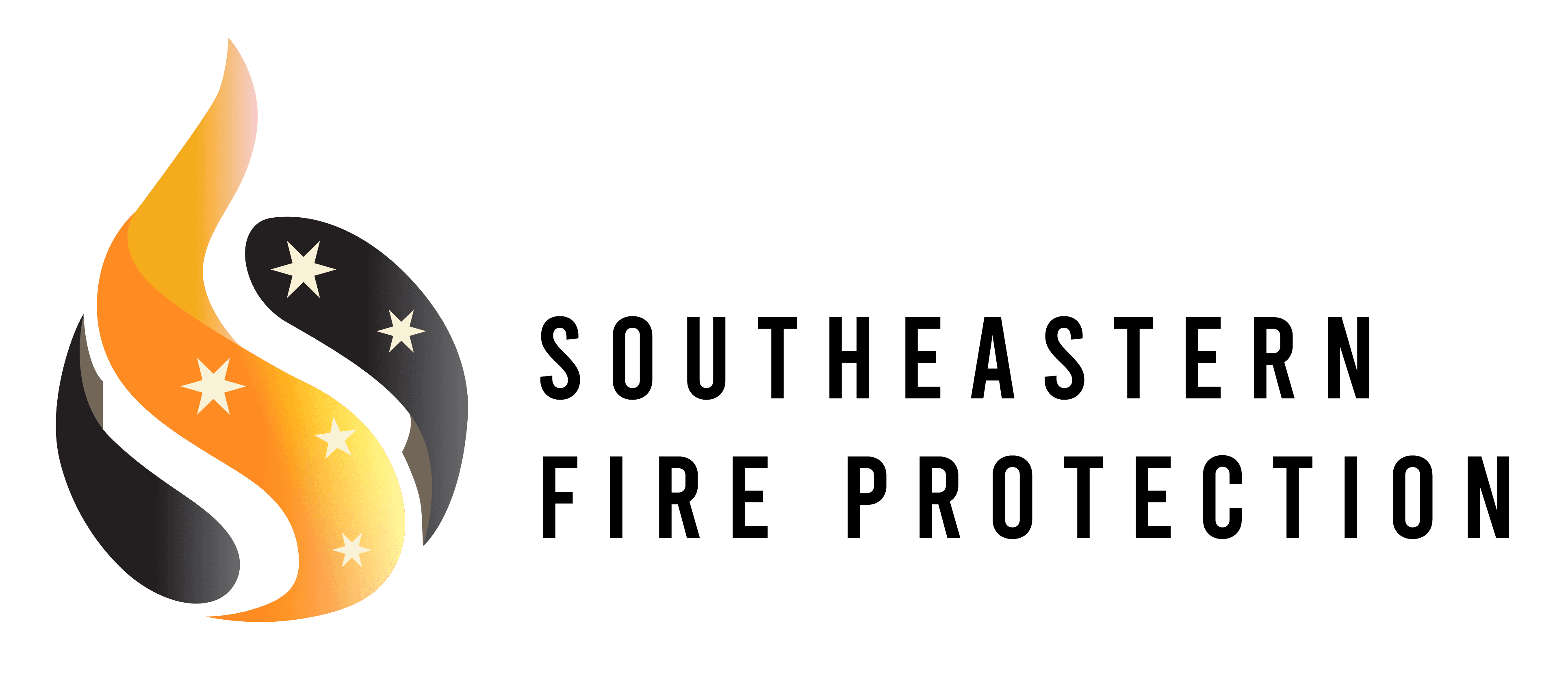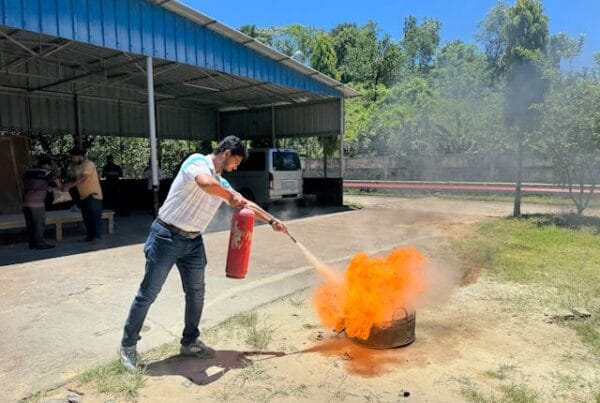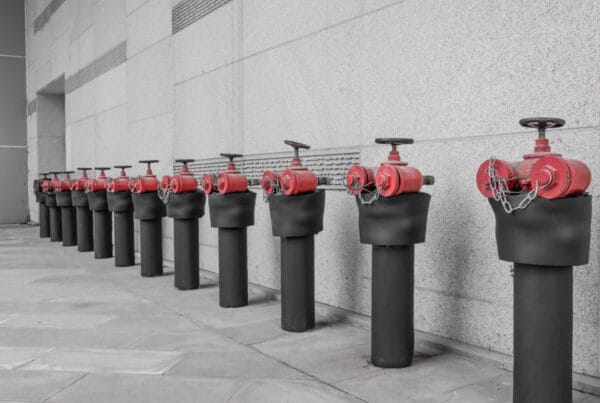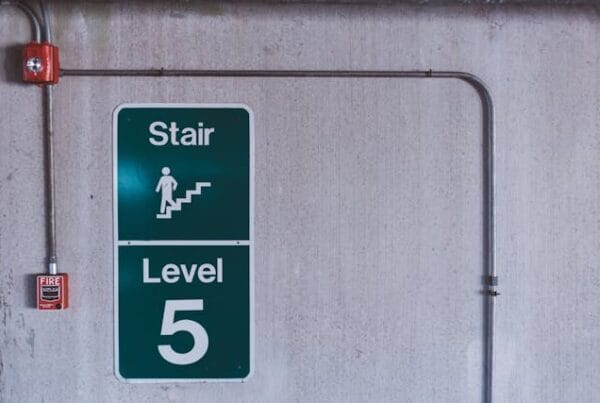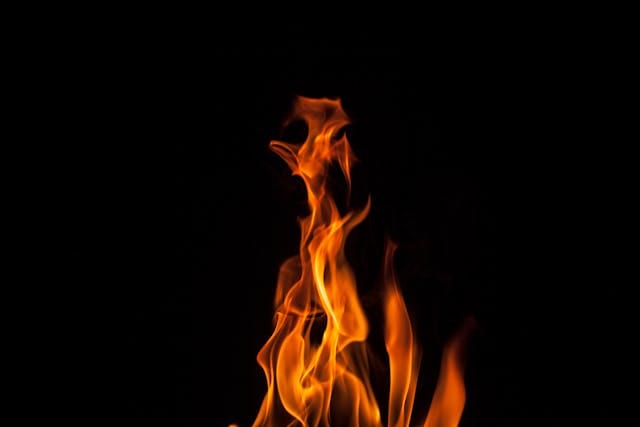
In the event of a commercial building fire, the HVAC (heating, ventilation, and air conditioning) system, designed to move air throughout the structure, can inadvertently become a pathway for fire and smoke to spread rapidly between compartments. This is where fire and smoke dampers play a critical, often unseen, role. These passive fire protection devices are installed within ductwork where it penetrates fire-rated walls and floors, automatically closing to prevent fire and smoke from traveling through the ventilation system. A diligent fire damper inspection in Virginia is therefore essential to ensure these vital components are functioning correctly and will activate when needed most. Sefirepro specializes in the inspection and maintenance of these crucial, yet often overlooked, life safety devices.
Without properly functioning fire and smoke dampers, a fire originating on one floor or in one area can quickly compromise the entire building’s integrity, negating the effectiveness of fire-resistant building material. This significantly increases property damage and the risk to occupants.
The Role of Fire & Smoke Dampers
- Fire Dampers: Designed to close upon detection of heat, typically by a fusible link. They prevent the passage of flame and hot gases through ductwork.
- Smoke Dampers: Designed to close upon detection of smoke (activated by the fire alarm system). They prevent the passage of smoke.
- Combination Fire/Smoke Dampers: The most common type, designed to perform both functions – closing due to heat or smoke.
NFPA 80 & NFPA 105: Standards for Fire Damper Inspection in Virginia
The Virginia Statewide Fire Prevention Code (VSFPC) adopts NFPA 80: Standard for Fire Doors and Other Opening Protectives (for fire dampers) and NFPA 105: Standard for Smoke Door Assemblies and Other Opening Protectives (for smoke dampers). These standards dictate the inspection, testing, and maintenance requirements:
Initial Acceptance Test (After Installation):
- All fire and smoke dampers must be inspected and tested immediately after installation to ensure they are fully operational. This acceptance testing must be documented.
Periodic Inspection & Testing:
- NFPA 80/105 requires periodic inspection and operational testing. For hospitals and healthcare facilities, this is typically every four years. For all other commercial occupancies, it is typically every six years.
- Method: Dampers must be activated (cycled) to ensure full closure. This involves removing any fusible links, powering down/up actuators, or manually cycling the damper blades.
Resetting & Documentation:
- After testing, the damper must be reset to its full open position and secured.
- Detailed records of all inspections, testing, deficiencies, and corrective actions must be maintained and made available to the Authority Having Jurisdiction (AHJ), such as the Hampton Division of Fire & Rescue.
Key Aspects of a Fire Damper Inspection in Virginia
A professional fire damper inspection in Virginia by Sefirepro technicians involves:
- Locating & Accessing Dampers: Identifying the exact location of all dampers in the HVAC system, often requiring access through ceilings or behind walls. This can be challenging in older buildings lacking good documentation.
- Visual Inspection: Checking for physical damage, corrosion, broken springs, missing fusible links, or obstructions that would prevent proper closure.
- Operational Test (Cycling): Activating the damper (manually or electronically) to ensure the blades fully close and latch, and then reopen smoothly.
- Cleaning: Removing any dust, debris, or paint that could hinder operation.
- Lubrication: Applying appropriate lubrication to moving parts.
- Labeling: Ensuring all dampers are properly labeled.
- Documentation: Creating a comprehensive report detailing each damper’s location, condition, test results, and any required repairs or maintenance.
Why Professional Inspection is Crucial
- Hidden Failures: Dampers are often out of sight, out of mind. They can fail due to paint, rust, obstructions, or faulty actuators without anyone knowing until an inspection.
- Code Compliance: Avoid penalties and ensure your building’s Certificate of Occupancy is valid. For more insights, refer to our guide on understanding Hampton, Virginia fire codes.
- Life Safety & Property Protection: Crucial for limiting fire and smoke spread, giving occupants more time to evacuate and reducing damage.
- HVAC Integration: Ensures proper interface with the fire alarm and building management systems.
Conclusion: Ensure Your Hidden Protectors Are Ready with Sefirepro
Fire and smoke dampers are silent guardians, working behind the scenes to contain disaster. A routine fire damper inspection in Virginia is the only way to verify that these critical components will activate when fire or smoke threatens your commercial property. Don’t let a hidden fault compromise your building’s overall fire safety strategy.
Sefirepro offers expert, NFPA-compliant inspection and testing services for fire and smoke dampers throughout Hampton, VA, and the broader Hampton Roads area. Our certified technicians have the expertise to locate, test, and maintain these vital systems, ensuring your building’s integrity. Contact us today to schedule your required damper inspection.
